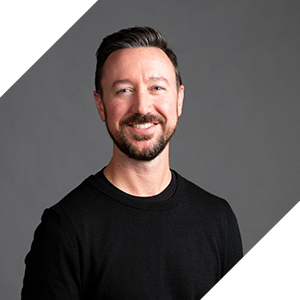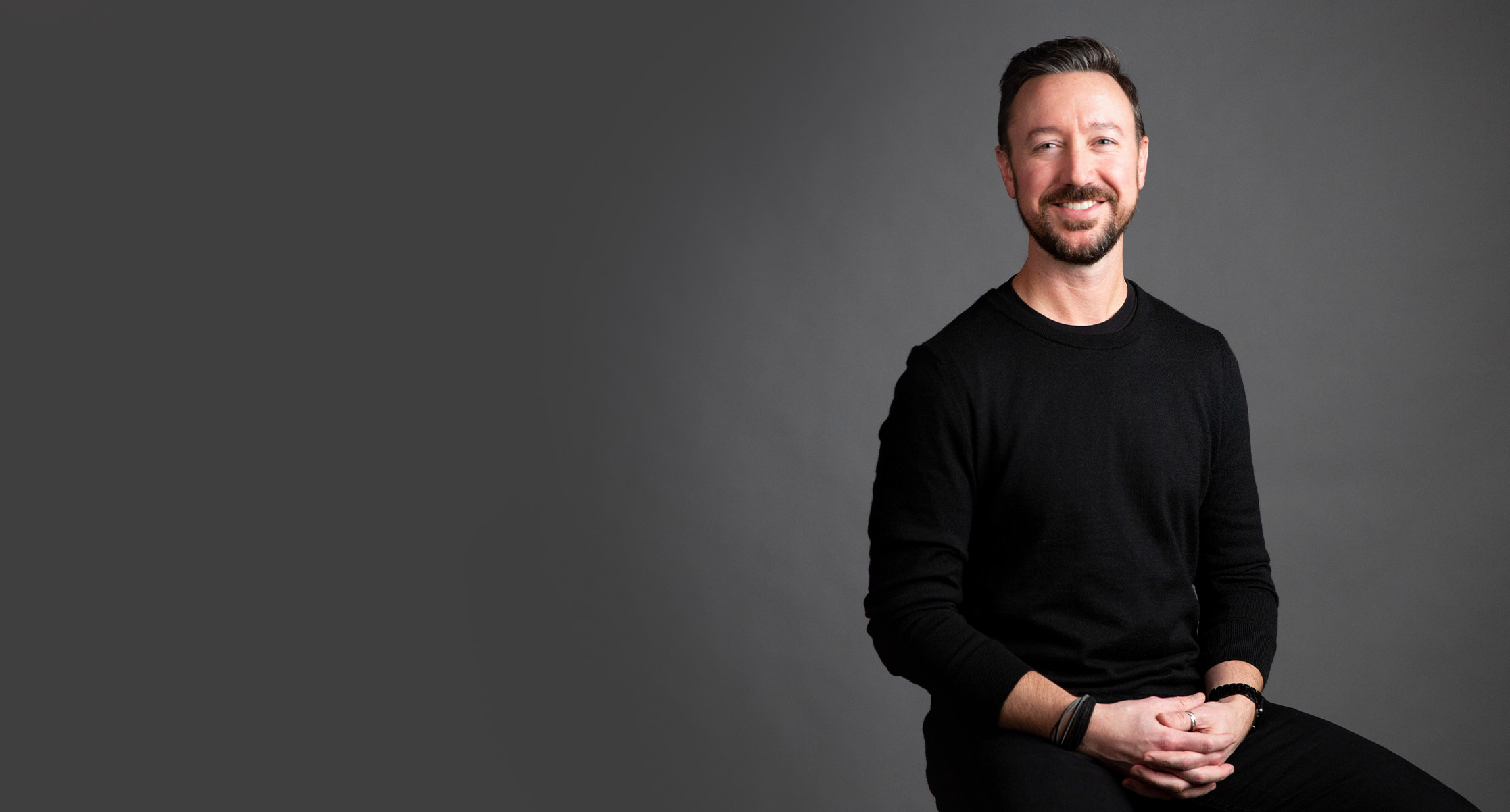I’m a big fan of baseball. My son plays at a pretty decent level, and it’s so exciting when everyone on the field knows what part to play. For example, when my son is at the catcher position and a runner tries to steal second, everybody jumps into action! The first baseman and right fielder can see the runner take off, so they yell, “runner!” to alert everyone. The pitcher continues to deliver the pitch, but the shortstop runs to cover the base, the second baseman runs behind the shortstop to stop the ball if it’s overthrown, and the centerfielder comes in as a secondary backup option.
Because my son trusts that his teammates are going to do their part, he can focus on what he does best—catching the pitch and throwing it quickly to second base to catch the runner. I find that it’s so relatable to what we were trying to accomplish at LMG in September of 2020 when we began our journey toward implementing EOS: the Entrepreneurial Operating System.
Like any startup, Doug Lunne had to do it all when he started LMG in 2004. If he were starting a baseball team, he would have been the coach, pitcher, catcher, and every other position in the organization. So he did business development, strategy, copywriting… essentially everything that LMG’s first clients needed him to do. But over time, he built the team. He added a designer, knowing that was the company’s most crucial point of weakness at the time. Soon, LMG would add more client services representatives, designers, digital experts, and copywriters. Once the company had around 12–15 employees, we started seeing people migrate toward their personal strengths or natural gifts. But we still had a couple of glaring challenges:
- People didn’t have a consistent understanding of where we were going as a company. What are our growth goals? What do we want to be known for? Who do we want to work with? The result was that we took on a mixed bag of clients, offering a very wide array of specialty services, and we served them in various ways.
- We were still operating under a “whatever I need to do” approach each day. So on any given workday, I was selling, writing, scheduling internal meetings, planning video shoots, offering feedback on creative, and whatever else needed to be done. Some days, I was even helping to clean the office and put together furniture.
Enter EOS.
Whenever we have a new employee join LMG, I try to paint a picture of a small team that was operating like this. It sounds, and at times it felt a little chaotic. Thanks to a talented group of contributors, we were able to grow the business and serve this mixed bag of clients—but it felt like we were never taking the easiest route to reach our destinations. When everyone on the field is playing the game by their own rules, it’s hard to know when to lean on each other or trust one another.
The Entrepreneurial Operating System is built around a couple of words: simplicity and accountability. When I describe EOS to someone for the first time, I often tell them to let go of the corporate “rules” they’ve been taught over time. For example, rather than a long and rigid internal interview process for a new position, EOS provides us with simplified tools that help us answer the questions, “What do we need this seat in our organization to do, and who is the best person to do it?” If it’s not someone we already have on our team, then we know what we’re looking for in an external candidate.
Most importantly, EOS helped us get our plans organized on a central document called the “Vision/Traction Organizer,” or V/TO™. There are eight key questions on the V/TO that we answered at LMG, and we share the outcome with everyone on our team. The questions are:
- What are LMG’s core values?
- What’s LMG’s Core Focus™?
- What’s our 10-Year Target™ goal?
- What’s the 3-Year Picture™ that will help us achieve our 10-Year Target?
- What’s our 1-Year Plan™ that will help us achieve our 3-Year Picture?
- What is our marketing strategy? (Yes, marketing agencies need help clarifying their own marketing strategy sometimes!)
- What are our Rocks (90-day priorities that help us realize our 1-Year Plan)?
- What Issues do we need to address to allow us to make all of these things a reality?
With all of these items answered, we are able to give our entire team a transparent and clear understanding of what we want to accomplish as a company. From there, each person in our organization is given an opportunity to identify ways to use their natural gifts to contribute to our success in achieving these goals.
Since rolling out our new operating system at the beginning of 2021, our company’s approach to nearly everything has been streamlined and improved. Issues are identified and plans are made to solve them for good. We’ve hired many people who understand our company’s plans and are on board to help make them successful. Our business, in general, is stronger and better prepared for the long run.
If you’re simply interested in diving deeper into EOS, “Traction: Get a Grip On Your Business” by Gino Wickman is the essential guidebook. Note that fully implemented EOS works best with companies between 10–250 employees, but the system and book offer thoughts that could be applicable to businesses of any size.
And if you want to experience working with an agency that believes in clearly defined goals, streamlined processes, and a commitment to constant improvement, we’re just a call away!




